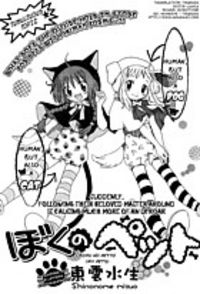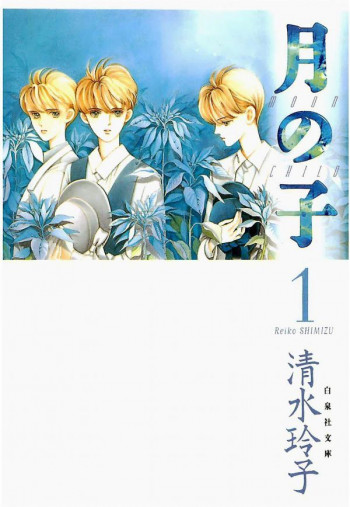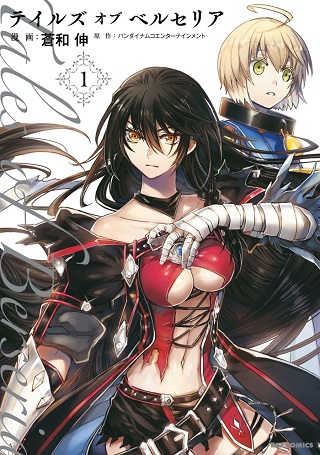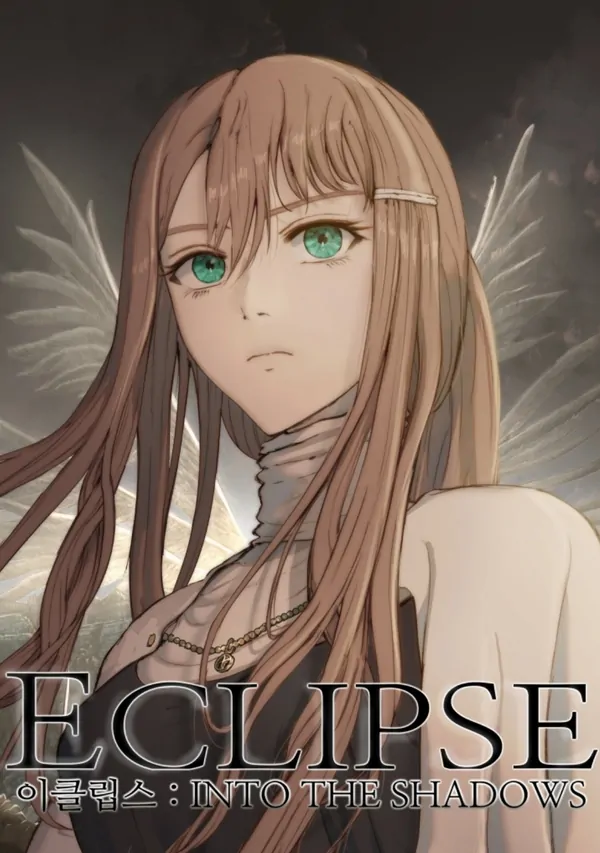Martial Peak Reviews
In "The Rest is History," Jen Samson weaves a poignant narrative that captures the essence of human resilience, the power of remembering, and the unexpected places our memories can take us. At its heart, the novel is an exploration of how the past shapes the present, and how even the fragments of days long gone can influence our future. Samson's writing—clear, evocative, and rich with emotion—brings to life a story that is both deeply personal and universally relevant.
The novel centers around the protagonist, Olivia Harper, a historian whose passion for the past is matched only by her fear of it. Olivia's life is carefully compartmentalized: her professional world where she reigns as an expert in Restoration England, and her personal world, which she keeps free of any historical burdens. However, this delicate balance is upended when she inherits an old family house in the countryside, full of dusty secrets and half-forgotten stories.
As Olivia delves into the attic’s ancient relics and sifts through generations of her family’s history, she is drawn into the lives of her ancestors. Here, Samson excels in her meticulous detail and historical accuracy, crafting backstories that are as compelling and fleshed out as the main narrative. Each chapter feels like a step back in time, offering a panoramic view of the 17th century’s sprawling socio-political landscape, brought intimately close through the trials and triumphs of Olivia's forebears.
One of the most striking aspects of Samson's storytelling is her ability to intertwine timelines seamlessly. As Olivia uncovers letters from a great-great-grandmother or diaries of a distant uncle, their stories come alive, resonating with her own struggles and doubts. The prose here is particularly strong, with a lyrical quality that captures the ephemeral nature of memory and the tangibility of history. Throughout the book, Samson poses a profound question: what is the value of history if not to connect us more deeply with others?
The narrative's emotional depth is matched by its intellectual provocations. "The Rest is History" is not just a story about uncovering the past; it is also a commentary on the act of remembering itself. Through Olivia’s journey, Samson explores the ethics of historiography—what do we choose to remember, and why? What do we inadvertently forget, and at what cost? These questions simmer beneath the surface, challenging the reader to ponder alongside the protagonist.
A further element that enriches the novel is its cast of supporting characters, each adding their own layers to the story. From Olivia’s steadfast friend, Mira, who offers a grounded perspective on Olivia’s obsessions, to the enigmatic antiques dealer who knows more about the family than he reveals, Samson crafts each character with a deft hand, making the world of "The Rest is History" vibrantly dimensional.
However, the book is not without its flaws. At times, the weaving of multiple timelines can feel overwhelming, and readers might find themselves wishing for a more linear progression. Moreover, while Samson’s descriptive passages are usually a strength, some sections veer towards overwrought, which might distract from the pacing of the narrative.
Despite these criticisms, "The Rest is History" ultimately succeeds in what it sets out to do: to tell a memorable story about memories themselves. It is a novel that insists on the importance of the past, not just as a series of events to be studied but as a living influence continually shaping who we are. It urges us to engage with our histories, however fragmented or painful, to build a more conscious present.
In conclusion, Jen Samson's "The Rest is History" is a compelling blend of historical fiction, family saga, and philosophical inquiry. While occasionally weighed down by its ambitious structure and intricate detail, the novel shines brightly in its character development, thematic depth, and heartfelt exploration of the human condition. It invites readers not just to observe a narrative about history, but to feel the potent force of history itself—as alive today as it was hundreds of years ago. For lovers of historical narratives and reflective, thought-provoking fiction, this book is a rich, rewarding read.
























Reviews 0
Post a Reviews: